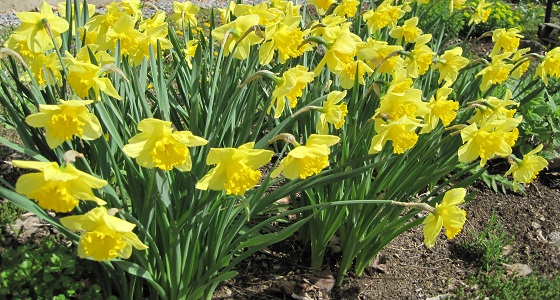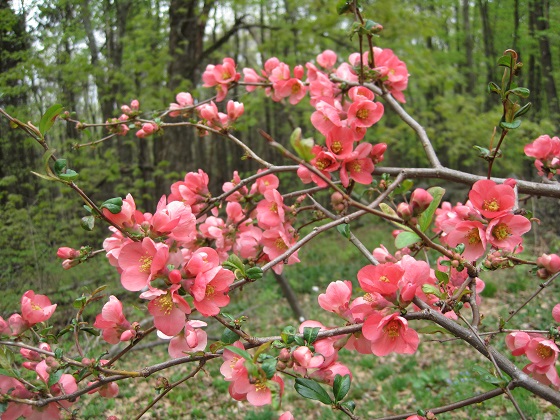
Use Natural Cues To Grow Your Garden
ADVERTISEMENT
Robin, thank you for the article. How do I learn more about gardening by nature's signs. Are there any books on this subject? Where can I find them?
I am not aware of any one book that deals solely with phenology, though such a book would be a big hit with gardeners! I was first introduced to this concept while reading “The Old Farmer’s Almanac Book of Garden Wisdom” by Cynthia Van Hazinga. It has one page about phenology that sparked my interest and I have been collecting snippets of this folk wisdom ever since. You might find the website for the National Phenology Network (USANPN.org) to be of interest.
When I took a course in biodynamics it was noted how in modern times (with technological advances that distanced people from the land), we'd lost most of the old adages that were once passed down from one generation to the next, pithy sayings that provided clues as to the most auspicious times for planting and other salient gardening activities. (Of course, people were once more observant of nature, not spending so much of time staring straight ahead or down into a screen as if with blinders on.) Thank you for helping to keep these pearls alive and, in the process, encouraging closer observation of the natural world. :)
Great article on signs of Spring. I have been checking out the birds, they seem to notice things I don't. Still Winter and extra muddy for now in Maryland
I still waiting to hear ours.
Any ideas how to find out how to keep rabbits out of my garden patch?
I'm looking at getting a GUARD Goose! I don't know if that'll keep the rabbits out of your garden though. I think it'll help to keep the squirrels out of mine! :-D
Robin, Do you have any idea what the name of the iris in the first photo of this article? Anyone? Thank you for all the great information










